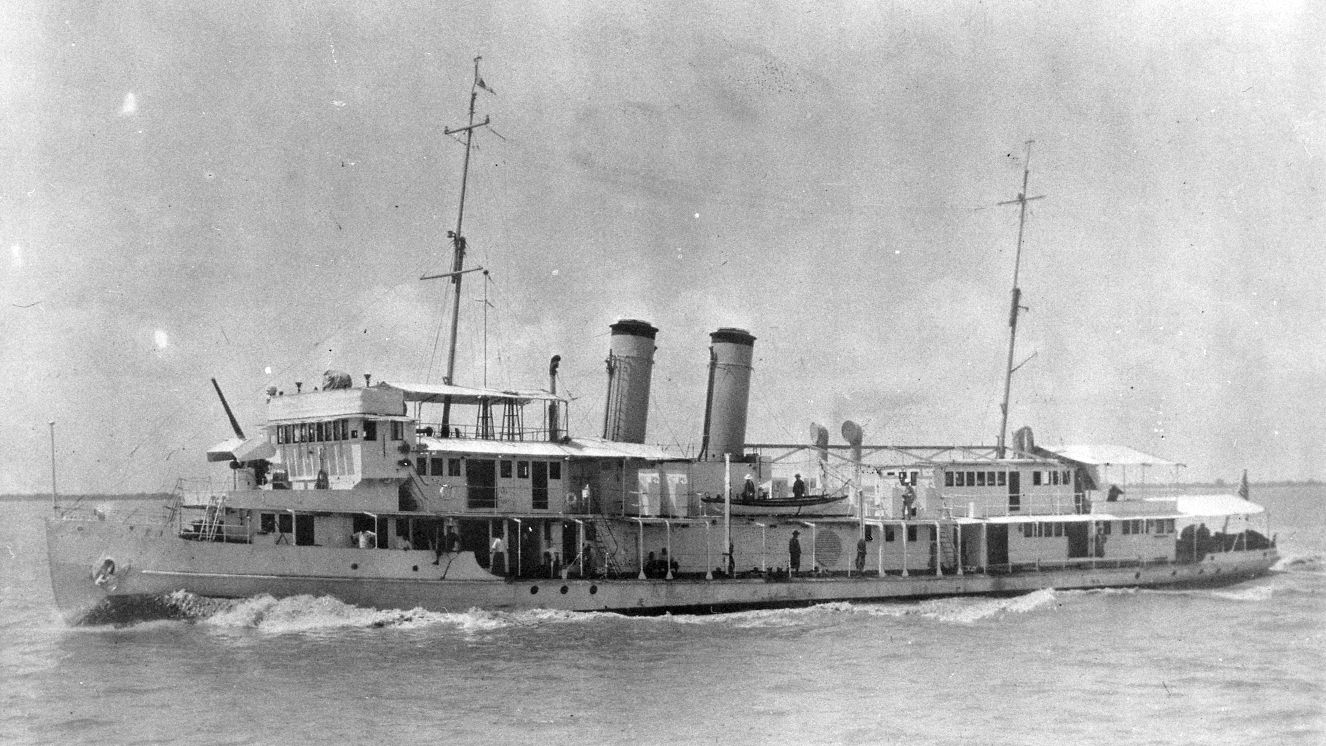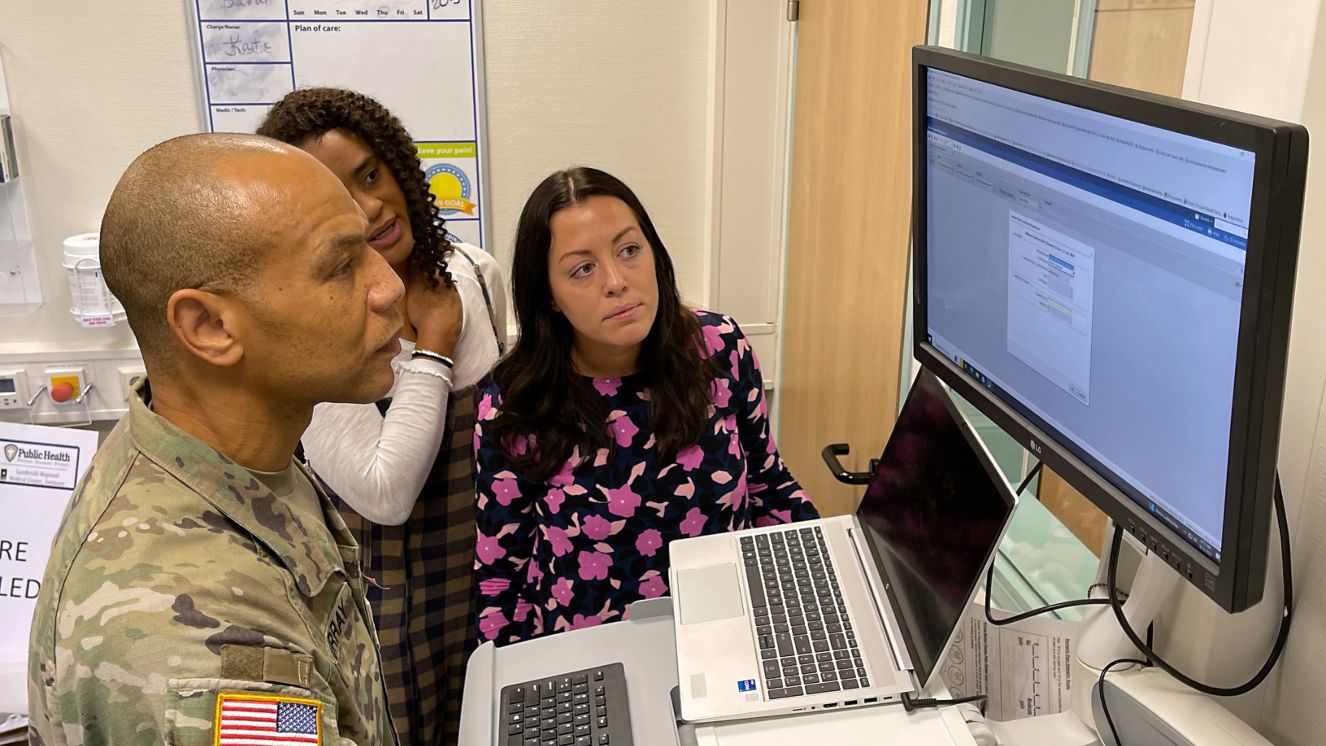WHAT’S IN A K RATION - WWII MILITARY FOOD FOR SOLDIERS

What did Soldiers eat in WW2? We all know that MREs are the standard field fare for service members in today’s day and age, but that wasn’t always the case. There were various kinds of field rations that were invented and tested over the years, some lasting longer than others. But in World War 2, U.S. Soldiers in Europe ate K-rations. What are K-rations, and what was in them? Was it as appetizing as you’d think from the sterile, laboratory-inspired name? Read next:How the Original Twinkie Flavor Was Changed Forever Thanks to WWII
What Are K-Rations?
K-rations were invented by physiologist Ancel Keys from the University of Minnesota in 1941. The U.S. War Department was looking for a nutrition-heavy package that could last a long time in the field. They needed something that would keep troops healthy and wouldn’t go bad. The boxes were dipped in wax so that when sealed, they'd be totally waterproof. K-rations were intended as stop-gap measures in case of emergency. If you were stuck in the field, behind enemy lines, the idea was that you’d be carrying something with you, however small and potentially unsatisfying, that would at least prevent you from starving to death. However, there are stories of troops surviving solely on K-rations for weeks at a time. Companies that would become K-ration producers included major U.S. food manufacturers like H. J. Heinz and The Cracker Jack Company.
K-Ration WW2 Usage
K-rations were developed to answer the demand for something lighter than the alternative C-ration. They were deployed in the field for the first time in 1942. The new field rations were given to airborne troops to test in limited-duration trial periods. The success of these limited trials was used to discontinue other, more costly rations meant for specific environments and climates. Even though K-rations weren’t meant to provide long-term sustenance and weren’t tested to provide data for those conditions, they quickly became a part of the standard menu. In 1944, the number of K-rations produced had grown to over 100 million. Troops were given three boxes of K-rations per day. Individual boxes contained the three primary meals: breakfast, lunch, and dinner. These boxes were eventually color-coded during the release of the “morale” series for easy identification – brown for breakfast, green for lunch, and blue for dinner. The three meals accounted for 2,830 kilocalories per day. They held 79 grams of protein, give or take, depending on the particular meat component of an individual box. Troop uniforms were redesigned to be able to fit K-ration boxes snugly inside their pockets.
What Foods Were Inside K-Rations?
According to the Quartermaster Corps Manual QMC 17-3 from 1945, K-rations contained “approximately 4 ounces of either meat, meat and egg product, or cheese spread, together with biscuits, confections, gum, and beverages with sugar.” Each unit was different according to the meal inside. For breakfast, items could include powdered coffee, fruit bars, and canned meat. Lunch (labeled dinner) would have ingredients like bouillon powder, candy, canned meat, and biscuits. In supper boxes, K-rations might include biscuits, canned cheese, gum, and candy bars. K-rations also came complete with useful field items such as wood cutlery, toilet paper, and cigarettes. The boxes that housed K-rations were intended to be reused for other purposes, such as carrying items like letters, matches, or photos. Since the boxes were waterproof, this was a handy way to keep personal items safe in the field. K-ration boxes also came with useful tips printed on their surface, such as one from 1942 that encouraged troops to roll down their sleeves and use mosquito repellent to avoid malaria.
Legacy of K-Rations
One of the biggest complaints surrounding the use of K-rations was the level of nutrition they provided. The vitamin content wasn’t very high. The other main issue was that troops would grow tired of eating them very quickly. After days in the field of throwing away the most unwanted ingredients inside K-ration boxes and longing for home cooking, troops would pile into Army field kitchens for even the most horrible drudgery, like the unfortunately named “sh*t on a shingle.” With these complaints in mind, after WWII, the Army moved on from the K-ration. This was partly due to improvements in the C-ration and the introduction of the MCI. The new field rations would include more menu options, more appetizing food, and came in can form instead of boxes. K-rations may have been short-lived in the field, but they were instrumental in keeping troops satiated while on deployment in one of the most intense combat scenarios in global history. They paved the way for better nutritional options and made the modern-day MRE a possibility. K-ration reproductions and vintage boxes are even available around the internet for the history buffs out there who are looking to revisit this culinary era of the past. Suggested read:Vanilla or Chocolate? The WWII Ice Cream Ship Delivered Sweets at Sea
Image: Geronimo Reproductions | verlagkopf.com
BY KEVIN LANKES
Military Lifestyle & News Writer at VeteranLife
Kevin Lankes is a Contributing Writer at VeteranLife.com.
Expertise
Kevin Lankes is a Contributing Writer at VeteranLife.com.



